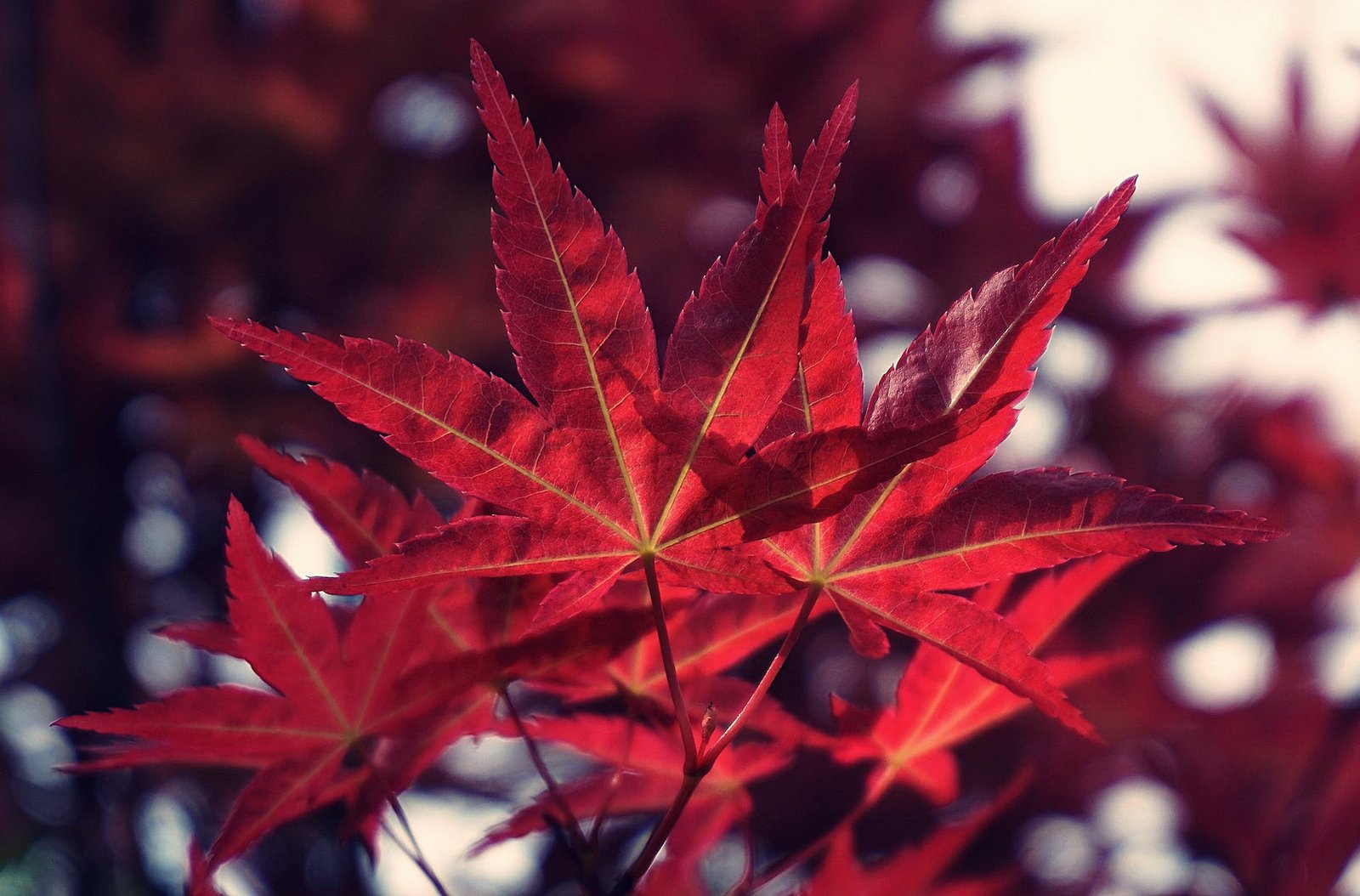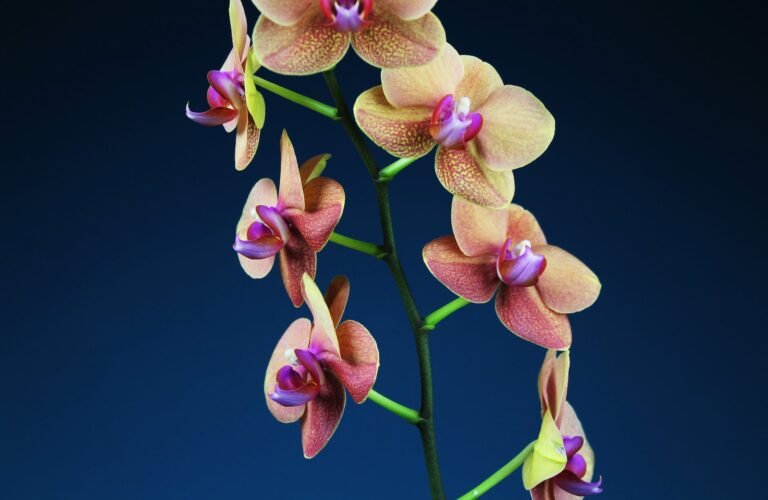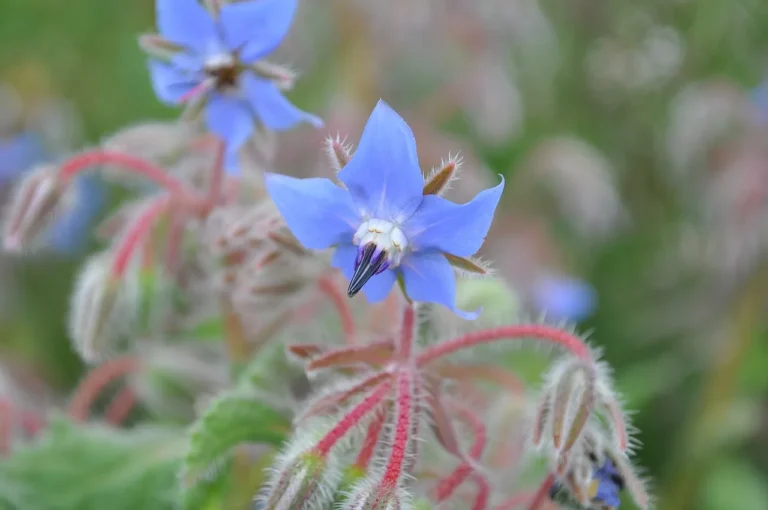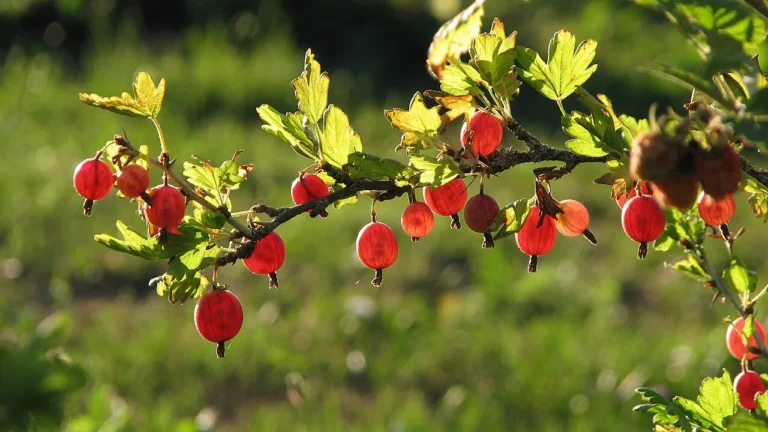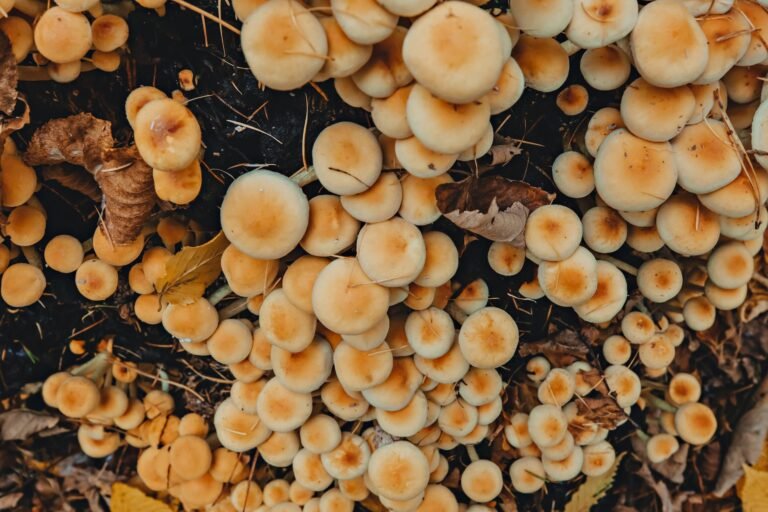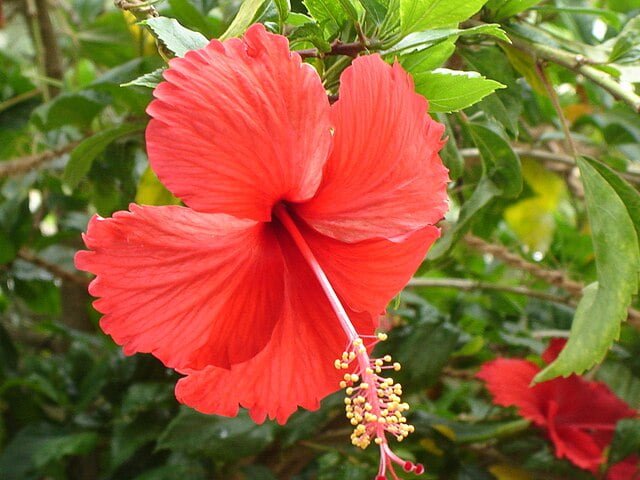Japanese Maples
Japanese maples (Acer palmatum) stand as one of the most celebrated trees in garden design, revered for their breathtaking beauty, diverse forms, and stunning foliage. With over a thousand varieties available, ranging from vibrant reds to subtle greens, these trees can transform any garden into a tapestry of colour and texture. This guide delves into the enchanting world of Japanese maples, offering insights into selecting, planting, and caring for these magnificent trees.
Quick Care Guide
| Common Name | Japanese Maples |
| Scientific Name | Acer palmatum |
| Family | Sapindaceae |
| Height | 0.5 – 25m (1½ to 82ft) |
| Spread | |
| Hardiness Zone | Zones 5-8 |
| Light | Most Japanese maples prefer part shade, but many thrive in full sun. |
| Soil | Prefer well-draining, slightly acidic soil |
| Water | Water newly planted trees regularly, allowing the soil to become somewhat dry between watering sessions |
| Pests | Aphids, spider mites, scale insects |
| Diseases | Verticillium wilt, powdery mildew, leaf spot diseases |
Origins and Overview of Japanese Maples

Japanese maples are deciduous trees native to Japan, Korea, and China. They are particularly noted for their wide range of leaf shapes, sizes, and colours, as well as their elegant, often sculptural growth habits. These trees can vary greatly in size, from dwarf varieties that barely reach 4 feet to majestic specimens towering over 30 feet tall.
Selecting the Right Variety
Choosing the right variety of Japanese maple depends on several factors, including your climate, the available space in your garden, and the desired aesthetic. Some popular varieties include:
- Acer palmatum ‘Atropurpureum’: Known for its rich, purple-red leaves that turn brilliant crimson in fall.
- Acer palmatum ‘Sango-kaku’ (Coral Bark Maple): Offers stunning yellow to orange foliage in fall and striking coral-red bark in winter.
- Acer palmatum var. dissectum (Laceleaf): Features deeply cut, delicate leaves that drape elegantly from weeping branches.
Planting Japanese Maples

Location and Timing
Japanese maples thrive in part shade, protected from harsh afternoon sun and strong winds. The ideal planting time is in the spring or fall, allowing the tree to establish its root system in moderate temperatures.
Soil and Watering
These trees prefer well-draining, slightly acidic soil. At planting, incorporate organic matter to enrich the soil and ensure good drainage. Water newly planted trees regularly, allowing the soil to become somewhat dry between watering sessions.
Care and Maintenance

Pruning: The natural form of Japanese maples is often best, requiring minimal pruning. If necessary, prune during the dormant season to remove dead or crossing branches and to maintain shape.
Mulching and Fertilizing: Apply a layer of mulch around the base to retain soil moisture and regulate temperature. Use a balanced, slow-release fertilizer in early spring, avoiding high-nitrogen formulas that can stimulate excessive growth and reduce fall colour vibrancy.
Protection: In regions with harsh winters, provide protection from extreme cold and drying winds, which can damage delicate branches and leaves.
Landscaping with Japanese Maples
Japanese maples are incredibly versatile in landscape design. They can serve as stunning focal points, enhance mixed borders, or create serene and contemplative spaces in shade gardens. Consider the tree’s mature size and growth habit when selecting a planting location, and pair with complementary underplantings like hostas, ferns, and azaleas for a truly breathtaking garden display.
Japanese maples (Acer palmatum), with their exquisite beauty and diverse forms, are a prized addition to any garden. However, like all living things, they can be susceptible to certain pests and diseases. Understanding these challenges and knowing how to address them is crucial for maintaining the health and vibrancy of these magnificent trees. This section expands on the comprehensive guide to Japanese maples, focusing on common pests and diseases and offering strategies for prevention and management.
Navigating Pests and Diseases in Japanese Maples
Common Pests
- Aphids: These small, sap-sucking insects can be found on the undersides of leaves, often leading to distorted growth and a sticky residue known as honeydew. Control: A strong jet of water can dislodge aphids from the tree. For severe infestations, insecticidal soap or neem oil can be effective.
- Spider Mites: These tiny pests, often too small to see with the naked eye, can cause leaves to become speckled and discoloured. Control: Increase humidity around the tree and use miticides if necessary. Regularly inspecting the undersides of leaves can help catch infestations early.
- Scale Insects: Scale insects attach themselves to the stems and leaves, sucking sap and weakening the tree. Control: Manual removal or the use of horticultural oil during the dormant season can manage scale populations.
Common Diseases
- Verticillium Wilt: A soil-borne fungus that can cause sudden wilting, leaf discoloration, and eventual death of branches. Prevention and Control: Ensure good drainage and avoid wounding the tree, as wounds can be entry points for the fungus. Infected limbs should be removed and destroyed.
- Powdery Mildew: This fungal disease appears as a white, powdery coating on leaves, often in late summer. While not usually fatal, it can weaken the tree and reduce its vigor. Control: Increase air circulation around the tree and treat with fungicides if necessary.
- Leaf Spot Diseases: Various fungi can cause spots on the leaves of Japanese maples. While these are generally not fatal, severe infections can defoliate a tree. Control: Keep the area around the tree clean of debris and fallen leaves to reduce the spread of fungi. Fungicidal sprays can also be used as a preventative measure.
Prevention and General Care Tips
The best defense against pests and diseases is a healthy tree. Here are some general care tips to keep your Japanese maples thriving:
- Proper Planting: Plant in well-draining soil and in a location that suits the light requirements of the tree to reduce stress.
- Watering: Water deeply and regularly, allowing the soil to dry slightly between watering. Avoid overhead watering to reduce the risk of leaf diseases.
- Fertilization: Use a balanced, slow-release fertilizer in early spring to support healthy growth without encouraging excessive, weak growth that can be more susceptible to pests and diseases.
- Mulching: Apply a layer of mulch around the base of the tree to retain soil moisture, regulate soil temperature, and reduce weed competition.
Final Thoughts

Japanese maples are a testament to the beauty and diversity of nature, offering a myriad of options for gardeners to explore. With the right care and selection, these trees can provide year-round interest and transform any garden into a living work of art. Whether you are drawn to their fiery fall colours, intricate leaf patterns, or graceful forms, Japanese maples are sure to captivate and inspire.

